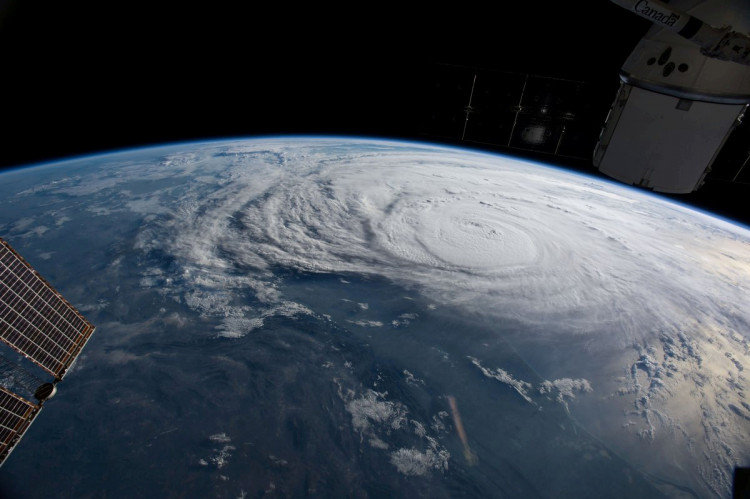A United Nations-backed team of experts reported on Monday that the Earth's protective ozone layer is on track to regenerate within four decades, sealing an ozone hole discovered in the 1980s.
According to scientists, the recovery will be sluggish and will take several years. If existing policies are maintained, the ozone layer is predicted to recover to 1980 levels - prior to the formation of the ozone hole - by 2040, and to return to normal in the Arctic by 2045, according to the paper.
The findings of the scientific evaluation, which is published every four years, follow the historic Montreal Protocol, which banned the manufacturing and consumption of ozone-depleting chemicals in 1987.
Furthermore, Antarctica may experience normal levels by 2066.
The sun's UV radiation, which has been linked to skin cancer, eye cataracts, weakened immune systems, and damage to agricultural land, is shielded from Earth by the ozone layer in the upper atmosphere.
One of the most significant environmental accomplishments to date, according to scientists and environmental organizations, is the global ban on ozone-depleting substances. This victory may serve as a model for more extensive regulation of pollutants that contribute to global warming.
"Ozone action sets a precedent for climate action," World Meteorological Organization Secretary-General Petteri Taalas said in a statement. "Our success in phasing out ozone-eating chemicals shows us what can and must be done - as a matter of urgency - to transition away from fossil fuels, reduce greenhouse gases and so limit temperature increase."
According to scientists, global emissions of the banned chemical chlorofluorocarbon-11, or CFC-11, which was used as a refrigerant and in insulating foams, have been decreasing since 2018, after unexpectedly increasing for several years. According to the analysis, eastern China was responsible for a major share of the unexpected CFC-11 emissions.
Scientists also warned that efforts to artificially cool the Earth by injecting particles into the high atmosphere to reflect sunlight might deplete the ozone layer, and that further research into developing technologies such as geoengineering is required.
The review was completed by researchers from the World Meteorological Organization, the United Nations Environment Program, the National Oceanic and Atmospheric Administration, the National Aeronautics and Space Administration, and the European Commission.
The study also found that bromine decreased by 14.5% since its peak in 1999 and that the ozone-depleting chemical chlorine decreased by 11.5% in the stratosphere since its peak in 1993.






